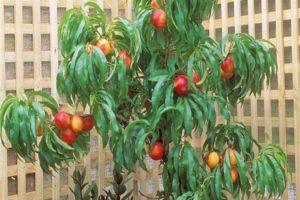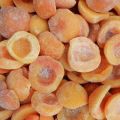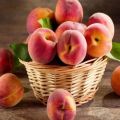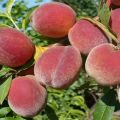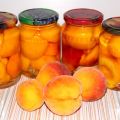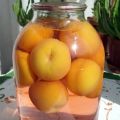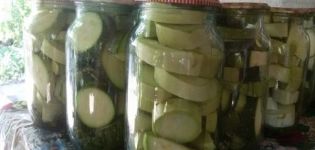How to store peaches at home in the refrigerator, freezer and cellar
The storage of ripe peaches is characterized by a number of peculiarities, but there is nothing complicated about them. There are many ways to do this, but in most cases it is best to keep the fruit at a lower temperature, such as in the refrigerator.
Content
- 1 Harvesting rules and dates
- 2 Selection of quality and tasty peach
- 3 General storage conditions for ripe peaches
- 4 How to process for long-term preservation
- 5 How to store unripe fruits
- 6 How to make peaches ripe
- 7 How to prepare for the winter
- 8 We store in the refrigerator
- 9 Storing nectarines in the freezer
- 10 With parchment
- 11 Drying
Harvesting rules and dates
Peach trees begin to harvest in the second half of summer. The first ripe fruits on the tree can be seen already at the end of June. But the peak of ripening of the crop falls on July and August. To figure out when to pick peaches from a tree, you need to lightly press on any fruit. If, when pressed, it is soft and a little springy, then harvest time has come. In this way, it is advisable to check all fruits so as not to pick unripe ones.
Harvest in several stages. Only those fruits that have reached technical maturity should be removed. Unripe peaches are tough and tasteless. The fruits are removed immediately from the tree as soon as they ripen. If some of the peaches have fallen, they should not be collected from the ground. These fruits are overripe and unsuitable for food.
Selection of quality and tasty peach
Peach season begins in the middle of summer. You can see fruit in stores on the shelves at any time of the year, but it is impossible to find truly tasty and healthy fruits in the cold season. But even in the peach season, it is important to be able to choose the right quality fruits. Ripe peaches are fragrant and slightly springy when pressed. When looking for fruit on the market, you need to look at bees and wasps. Insects feel good fruits and flock to them.
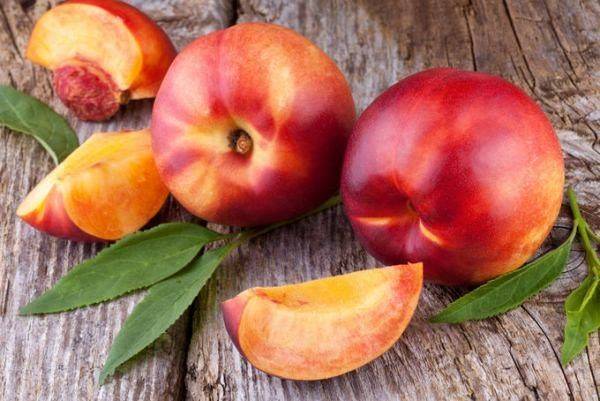
You should buy peaches without damaging the skin. The skin should be smooth and velvety, and its color should be natural. Too bright color indicates that the fruits were treated with chemicals. If, after the purchase, it was found that the stone inside the fruit was wrinkled and cracked, this indicates the processing of the fruits with chemicals that allow them to maintain their beautiful appearance during transportation.
General storage conditions for ripe peaches
It is not enough to just pick the peaches, it is important to store them correctly so that they remain fresh for a long time. The easiest way to save fruit at home is in the refrigerator, but there are several other options for storing the harvest just harvested from the tree.

At what temperature
Choosing to store any fruit warm or cold, preference should be given to the latter. If you leave the crop warm, very soon the peaches will start to rot and ferment. In such conditions, the harvest is stored for about 2-3 days. The most optimal temperature for keeping is 0 degrees.
At this temperature, it is possible to keep the harvest fresh for up to 7-10 days, depending on the stage of ripeness at which the peaches were removed from the tree.
Optimal moisture for fruit
You can keep peaches fresh for a long time at very high humidity, about 90%. To increase the humidity in the refrigerator, you can put a container of water next to the peaches. Low moisture levels cause the fruit to dry out. If you provide the fruits with all the necessary conditions, they can be stored for up to 2-4 weeks, depending on the ripening period. Late varieties are stored longer than earlier varieties.
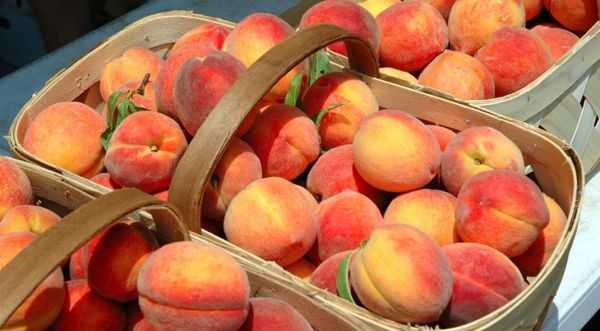
Storage duration
Peaches are among those fruits that are not stored for a long time after harvesting, so it is worthwhile to decide in advance how quickly you plan to eat them. Late-ripening varieties can be stored for up to 4 weeks (if they were harvested a little unripe). At the stage of technical maturity, the shelf life is about 2 weeks. In the refrigerator, the shelf life is about 10 days for early varieties, if the fruit is ripe.
Outside the refrigerator, the fruits remain intact for about 3 days. The main thing is to find out where it is best to keep the crop.
How to process for long-term preservation
It's no secret that store fruits are treated with chemicals to increase shelf life. But is it possible to carry out such procedures at home and not degrade the quality.
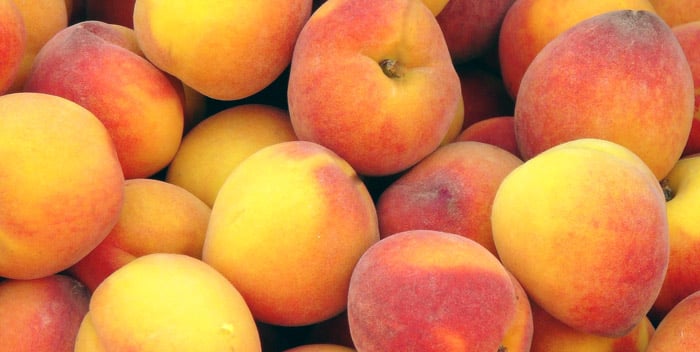
In industrial production, fruits are processed:
- methyl bromide;
- ethylene;
- diphenyl;
- sulfur oxide;
- sorbic acid;
- wax.
At home, treating fruits with chemicals is problematic and undesirable. Better to find safe storage methods.
How to store unripe fruits
Unripe peaches can be stored much longer than ripe ones, but their taste will not be as high even after they are fully ripe. In unripe fruits, the sugar level is lower. If ripe peaches are stored in a refrigerator or basement, where the temperature is cool and high humidity, then immature peaches are the opposite.
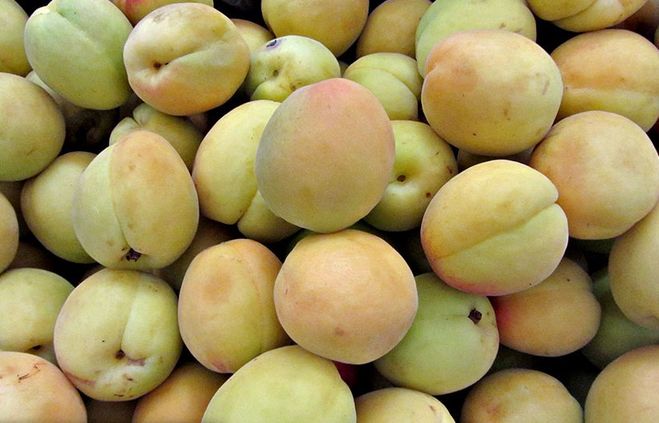
It is recommended to place peaches somewhere in the kitchen so that they gradually reach technical maturity. If left in the refrigerator, the fruit will either disappear or remain as tough as it was. Unripe fruits can be stored on the balcony and in the basement. If there are a lot of them, ordinary wooden boxes are suitable for this. Peaches are laid in them in one layer.
How to make peaches ripe
After harvesting, it becomes necessary to accelerate the ripening of fruits at home. There are several ways to do this without spoiling the taste of the fruit. To make the fruits ripen faster, they are not put into the refrigerator, but left at home at room temperature. Another effective way to speed up the ripening of the harvested crop is to put the fruit in the same bag with the bananas. Bananas secrete special enzymes that accelerate the ripening of not only peaches, but many other fruits as well.
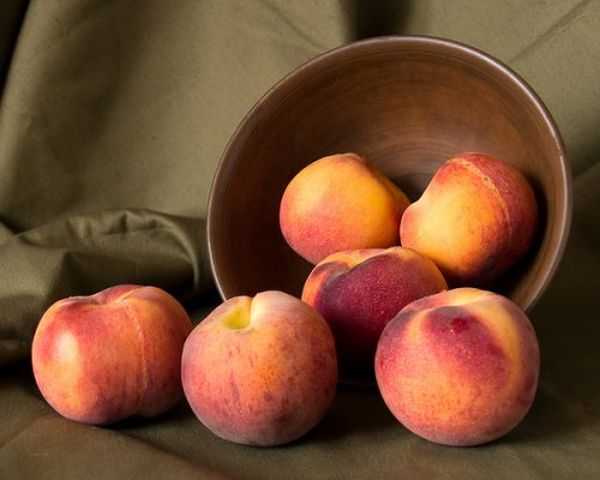
Also, the crop, if it has not yet had time to ripen, is left for several days in the sun, for example, on a window. Three days are enough for the peaches to reach technical maturity.
We use a paper bag
Another way to speed up the ripening of unripe peaches is to place them in a paper bag. Unlike cellophane bags, fruits do not rot or rot in paper bags. And if you put a bunch of bananas in a bag, the ripening process will go even faster. Store the fruit container at room temperature in the shade. It is undesirable to put in the sun so that the fruits do not start to rot.
It is also worth regularly reviewing the package, and if signs of rotting begin to appear on the fruits, such fruits are immediately thrown away until the rot has spread to the entire contents.
Using linen fabric
To accelerate the ripening of green fruits, use a bag made of natural linen fabric. 4-7 fruits are placed in one bag so that they do not lie on top of each other, and they are removed in a cool room.
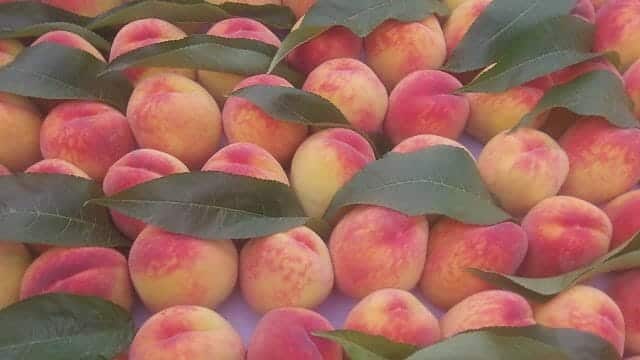
How to prepare for the winter
There are two ways to save the harvest for winter - by freezing the peaches in the freezer or drying them in the sun or in the oven. An electric dryer is also used for drying. But at the same time, frozen fruits are stored longer than dried ones. You can also grind peaches with sugar for the winter. To do this, the pulp is chopped in a blender, mixed with sugar and laid out in jars. Then put it in the freezer. This jam is suitable for making teas, for decorating ice cream and as a filling for pies.
We store in the refrigerator
Only ripe fruits should be stored in the refrigerator. The main thing is to provide a favorable temperature and humidity. Thus, the shelf life of the fruit can be significantly increased. Peaches are kept separate from all fruits, especially bananas. The proximity to bananas speeds up the ripening process. And if this is not included in the plans, it is better to put bananas away. To increase humidity, place a bowl of water next to the fruit and change it daily.
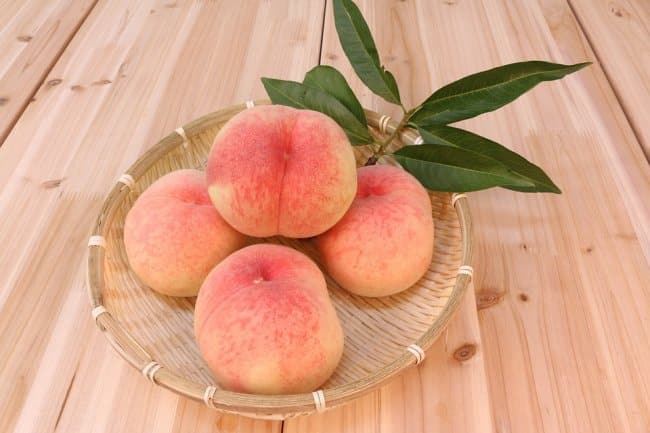
Storing nectarines in the freezer
Many people mistakenly believe that nectarines are a hybrid of peach and plum. But in fact, these are the same peaches, only with smooth skin. In addition, nectarines and peaches can grow on the same tree. The difference is that nectarines are more juicy and contain less sugar. Therefore, they are stored in the same way.
You can increase the shelf life of fruits by storing them in the freezer. To do this, it is enough to rinse the nectarines and dry them. Place in a plastic bag and put in the freezer.
Whole peaches with pits
Before placing fruits in the freezer, they should be thoroughly rinsed and dried so that there is no water on the skin. Put the fruits in a bag or plastic container and put in the freezer. The disadvantage of this storage method is its limited use. Frozen fruits are only suitable for thermal processing. They are not very tasty when fresh.
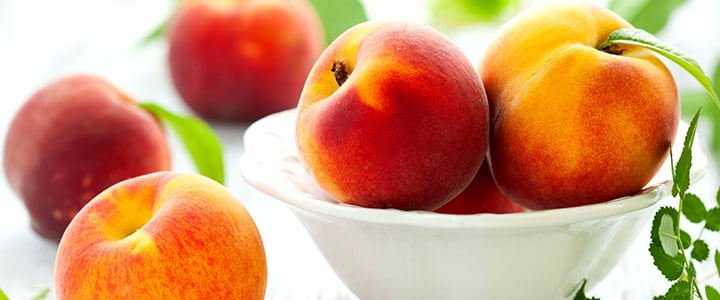
Skinless slices
To simplify the work, before using the fruit for cooking, you can peel and cut them in advance. To make the skin easier to remove, the fruit is dipped in boiling water for a couple of minutes. Then the top is cut crosswise and the skin is removed. Then fold and put the plastic bag in the freezer.
With parchment
You can prepare peaches for the winter by drying them in the sun on parchment paper. To do this, the fruits are cut into slices and spread on parchment paper in one layer. It is better to lay out so that the slices do not touch each other. Place the parchment in the sun and leave for a few days. As soon as the slices begin to dry, they are turned over. This continues until the peaches are completely dry.
Drying
The harvested fruit can be dried for the winter. For this, the fruits are washed and cut into 4 parts. Preheat the oven to 40 degrees. Spread the slices on a baking sheet and put in the oven for 2 hours. The slices must be checked and turned regularly. Dried workpieces decrease in size and become stiff. Dried peaches are stored in a glass jar.

